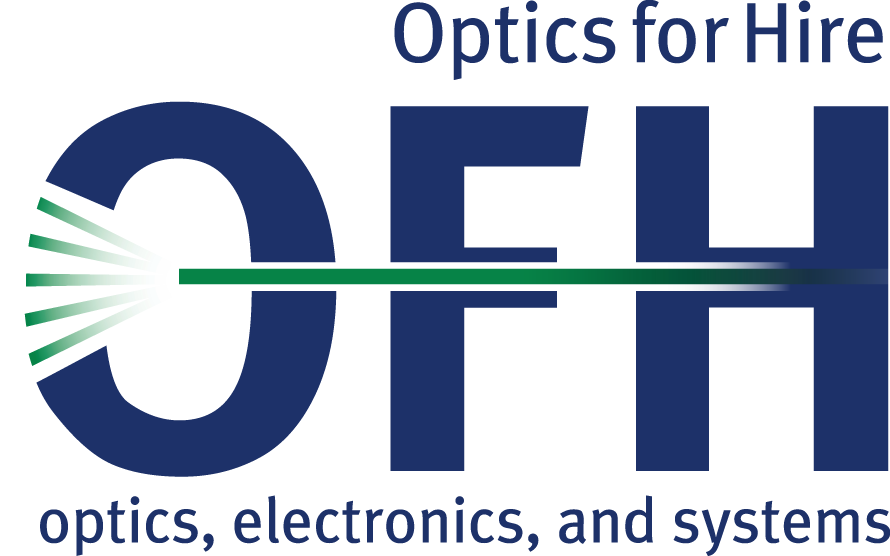--- Two Easy Pieces: a Double Program with Two Presentations ---
I. An expedition through darkest optics, with gun and pinhole camera
You probably made a pinhole camera in the second grade, so of course you know what one is. Google returns more than 700,000 hits, starting from the 5th century BC.
But how much do you really know about a pinhole camera?
What did Petzval know? How was Rayleigh wrong? When can diffraction make an image sharper? Does a pinhole have a focal length? Can a pinhole have spherical aberration? Where does a pinhole camera show spurious resolution? What are dimensionless variables, and why are they useful? Will the pretty Cornu spiral help? What does the world actually look like, in the ultraviolet and in the infrared? Why did R. W. Wood make a fisheye camera with real water? How can you easily make really beautiful pinholes of any desired size? And will the pinhole camera be the last earthly refuge for photographic film?II. A cool new way to mold lenses
Speaking of the infrared, the thermal IR spectrum is getting interesting again because of new digital image-forming technologies, such as uncooled bolometer arrays. These devices still need lenses to form their images, but if we want to use an aspheric surface here and there in an optical design, conventional wisdom only offers us expensive diamond-turned components or molded chalcogenide glasses. You will get an early look at some lens design options that will use a new (patent pending) technology: cold powder molding. You will see how an infrared lens can be made inexpensively, even one with a completely free-form shape!
This new approach to manufacturing offers lenses in high volume for the infrared, out to 20 or 50 microns wavelength, with excellent transmission and a variety of available material properties, for an attractively low cost. We can now make spherical and aspheric infrared lens components, diffractive infrared optical elements, and even infrared lens and prism arrays, with almost the same convenience we knew and loved when molding optical plastic!
Bill Plummer
Bill Plummer received his AB and PhD degrees in Physics from the Johns Hopkins University, where he worked with Prof. John Strong in infrared planetary astronomy. He joined Polaroid in 1969, in time to work closely with Edwin Land and Jim Baker on the SX-70 camera and a lot of other commercial products, and for more than twenty years was Director of Optical Engineering. He has published 40 papers and has given as many invited talks around the world. He has 96 US patents for optical, mechanical, electronic, and chemical inventions, with a few more pending. He has received the David Richardson Medal, the Joseph Fraunhofer Award, and the Robert M. Burley Prize from the Optical Society of America. He is a Fellow of the OSA and of the SPIE and is an elected member of the National Academy of Engineering. For some years he has also been a Senior Lecturer with the Mechanical Engineering Dept at MIT. Bill has been an optical engineering consultant since 2001, and is founder and president of WTP Optics, Inc.



